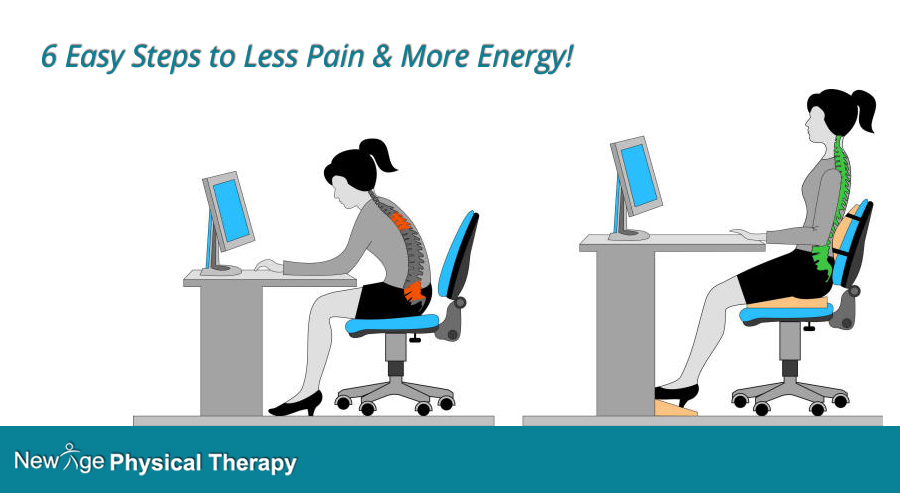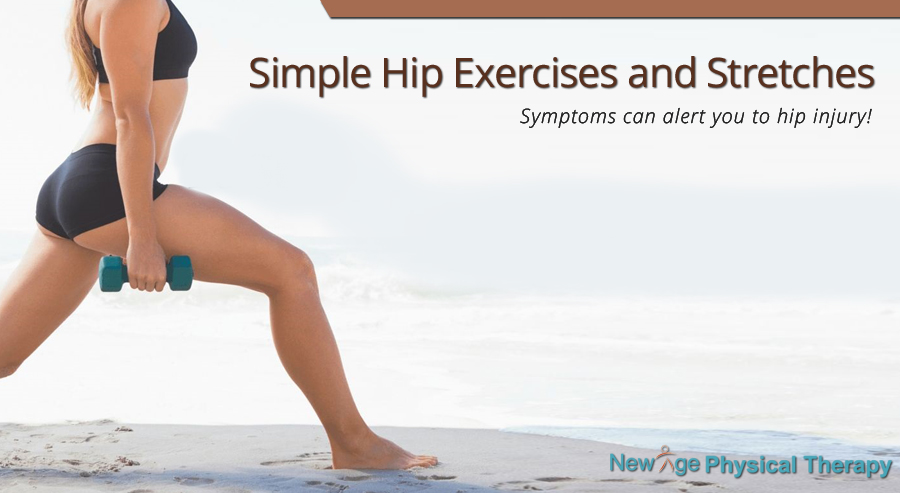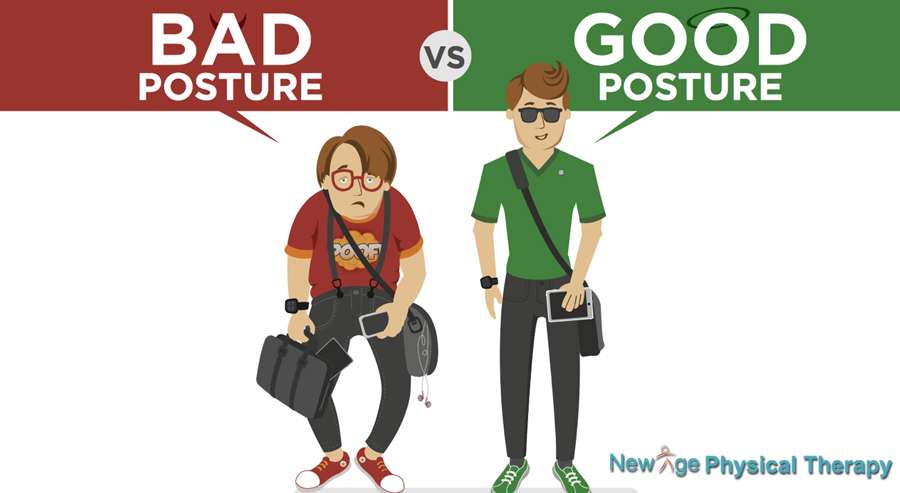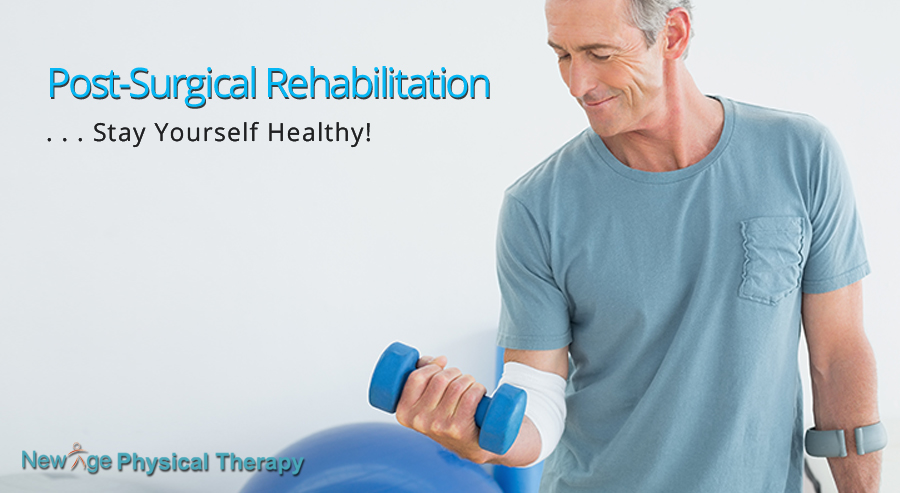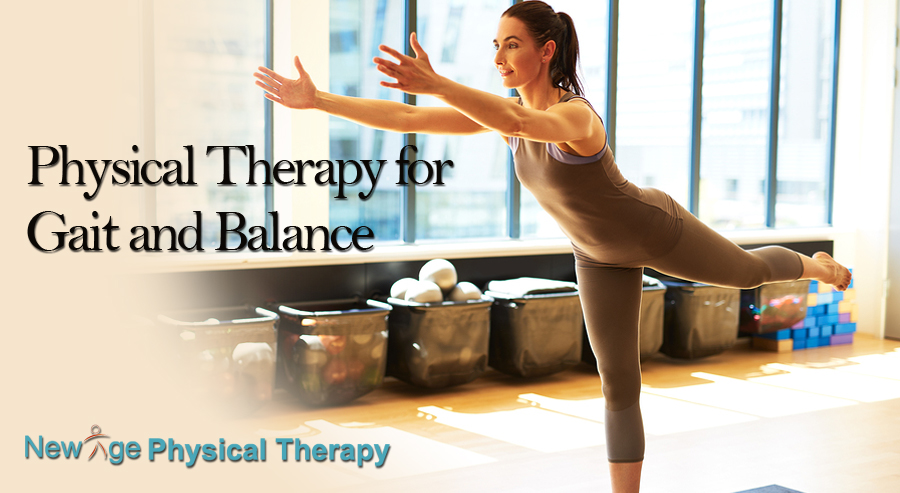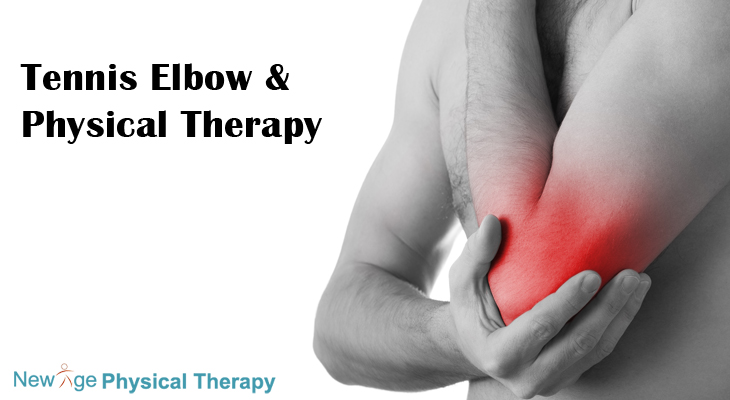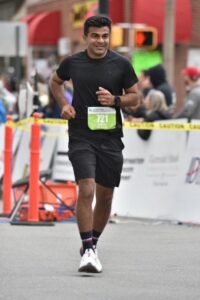6 Easy Steps to Less Pain and More Energy
Our body is meant to move. Many of our daily activity include sitting for long hours it may be driving, at desk, watching TV, using public transportation to and from work. When we sit for long period of time it slows down our circulatory, lymphatic and digestive system. It also alters our posture which contributes to neck, back pain, headache and other pains.
Following some simple steps can reduce those effects on our body.
Get Into the Mindset
You have to get in to a new routine which can make you more mobile. Get up during TV commercial, take break from your desk and chair and walk around for few minutes. Start slowly with what you can do and stick with it. Small improvement will lead to big success in long term.
Drink More Water
It might sound very unreal but water helps us increase energy and relieve fatigue. It also helps flushing out toxins, boost immune system. It can also prevent muscle cramps and sprains. So keep that water bottle handy with you and keep drinking throughout the day. Keeping yourself hydrated has many benefits.
Yoga and stretches
Yoga doesn’t improve your flexibility but it improves your strength, stability and over all well-being. You don’t have to join yoga classes there are many basic tutorials are available on internet which you can do at home. If you cannot do yoga start with simple stretching exercises for commonly tight muscles. This may help you to reduce your pain and will prevent future injuries.
Posture and ergonomics
Lot of pain and ache comes from poor posture, improper body alignment and poor ergonomics. Poor setup of desk, chair and computer can increase tension in your muscles when this happens consistantly you will develop tightness in muscles which may lead to pain and ache. So it is very important to have a good posture a maintain it. Also ergonomically improvement around your work area can help you prevent aches and pain.
Exercises
Do any form of exercise atleast 20 min a day. We all need some form of aerobic exercises to prevent many problems. So take out some time to do exercises. If you are not a gym person you can just do walking or biking.
Doing regular exercises keeps muscle strong and that prevents them to get hurt easily. Keep in touch with expert for physical therapy of postural dysfunction injuries and get better solution there.

